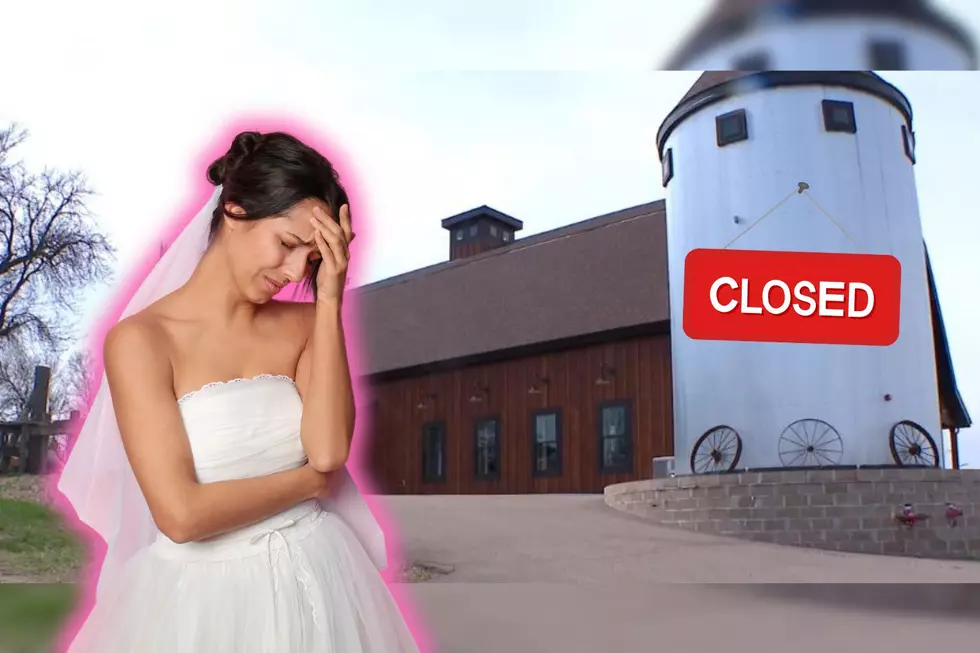
Johnson, Walz Win Precinct Caucus Straw Poll for Governor’s Race
MINNEAPOLIS (AP) — Minnesota voters crowned Democratic Rep. Tim Walz and 2014 GOP nominee Jeff Johnson their parties' front-runners for governor Tuesday, as preference polls at precinct caucuses provided the first glimpse at the wide-open race.
Those caucuses marked the first step in each party's march toward nominating conventions in June, an early chance for Democratic and Republican voters to get involved in selecting delegates and crafting new platforms. But at 4,000-plus precinct sites across the state, the straw polling in the governor's race was the main event.
Johnson and Walz will get a boost from their commanding finishes in the polls, and poor performances could drive other candidates out of the race. But the results are rarely indicative of who will capture each party's nomination, and large amounts of undecided voters show plenty of room for change — especially among an unsettled Republican field.
Johnson won more than 45 percent of caucus votes, according to the Republican Party's unofficial results — triple his nearest competitor, former GOP Party Chairman Keith Downey. Walz, seeking the Democratic nomination for governor after six terms in Congress, was leading five Democratic challengers by at least 10 percentage points with roughly 75 percent of votes tallied.
Party chairs hoped a wealth of top-dollar elections — from the race to replace Gov. Mark Dayton to an unexpected special election for former Sen. Al Franken's seat to four or more competitive congressional campaigns — would energize voters and power heavy turnout at the caucus sites.
"For the first time in many years, we truly are going to be at the forefront of national politics in this election cycle in 2018," Republican Party Chairwoman Jennifer Carnahan said ahead of the caucuses.
But turnout took a dive among Republican voters, dropping to below 11,000 after more than 14,000 GOP voters attended caucuses in the last gubernatorial election in 2014. And after Johnson, the second-most popular choice was "uncommitted."
There's a wrinkle in the Republican race for governor: former Gov. Tim Pawlenty, who is considering a third run at the state's top job. Pawlenty announced Tuesday he would leave his job atop the baking lobbying outfit, the Financial Services Roundtable, and he's scheduled a meeting with top advisers next week to discuss the race.
Republicans are aiming to ride momentum from 2016 — when President Donald Trump nearly became the first GOP nominee to win Minnesota in four decades — to break through and win a statewide race for the first time since 2006. And Democrats are hoping to energize voters to lead a backlash against the president and his party in Minnesota.
But even on a night that could give some gubernatorial candidates a leg up — or push them out of the election — the race for Minnesota's top job seemed a world away at a Democratic caucus in a south Minneapolis community school, where more than 100 people filed in to vote but largely shied away from taking a stand in the governor's race. Many, like 36-year-old Steve Jackson, were focused squarely on a four-way race to replace an outgoing state representative.
"My one particular local candidate really brought me here," Jackson said.
It reinforces that while Republican and Democratic candidates alike are jostling for a lane to their party's nomination, the results of Tuesday's straw poll aren't carved in stone. Former House Minority Leader Marty Seifert won the polls in both 2010 and 2014 but lost the GOP endorsement both years. Dayton didn't even put his name on the ballot ahead of his first election in 2010.
"It's a little bit of a beauty contest," Democratic Party Chairman Ken Martin said before the caucuses. "It is important for the candidates and their campaigns to be able to show their political muscle."
Voters are beginning to organize for two U.S. Senate races, congressional campaigns and a battle for control of the state House, but the preference polls on Tuesday were only taken for the governor's race.
More From KROC-AM






![29 Kids Are Missing From Minnesota, Let’s Help Get Them Home [UPDATED]](http://townsquare.media/site/717/files/2021/04/attachment-Missing-Kids.jpg?w=980&q=75)


